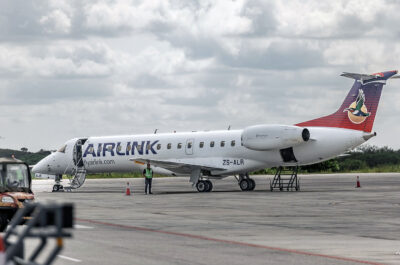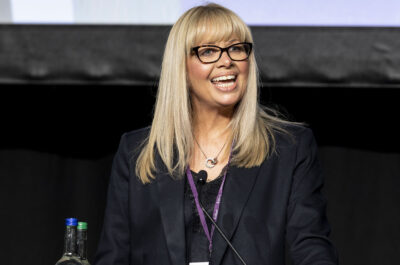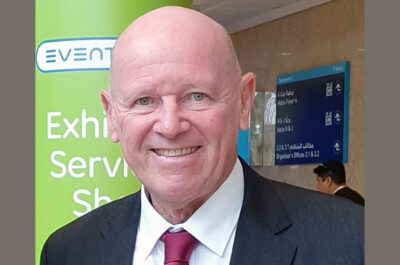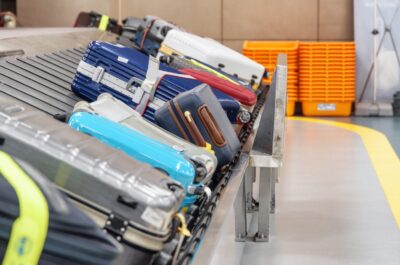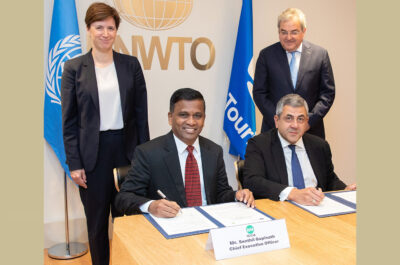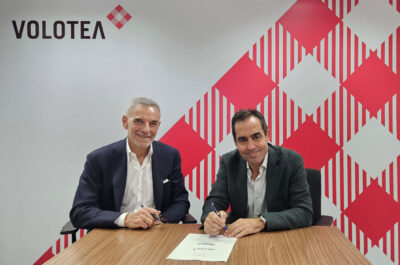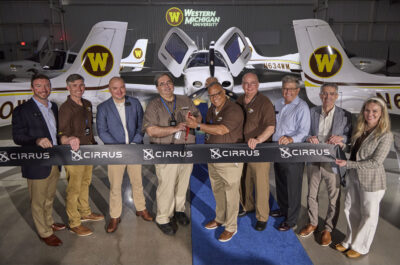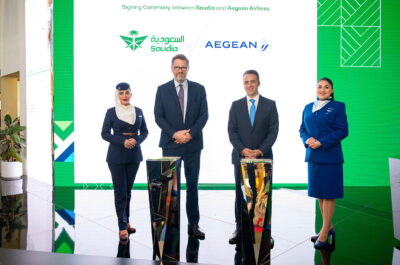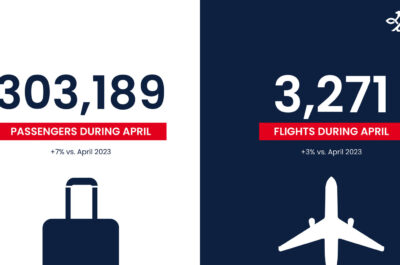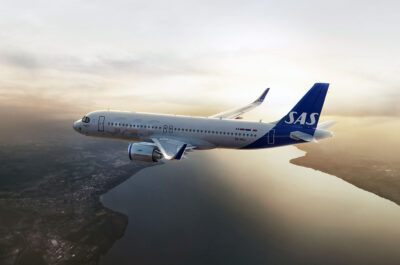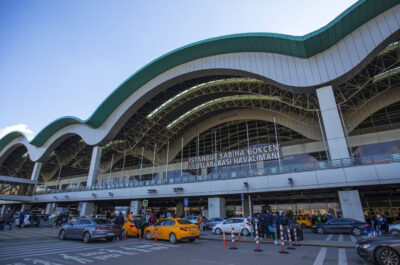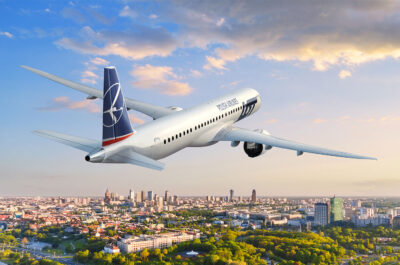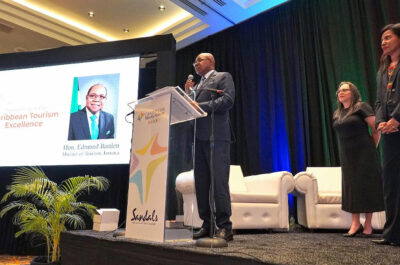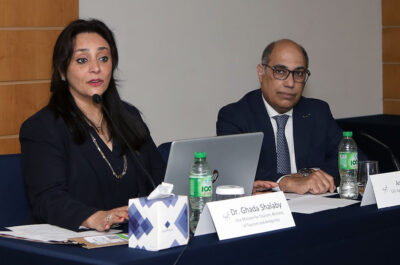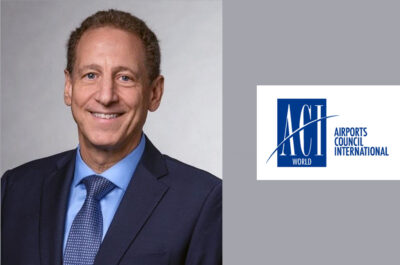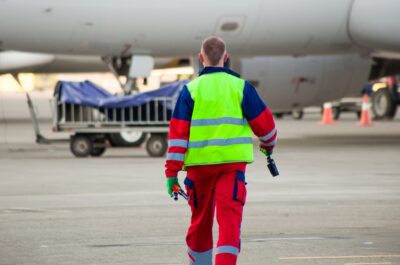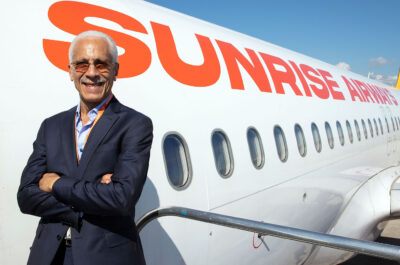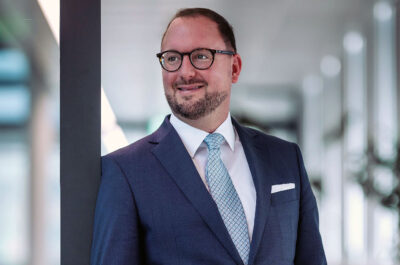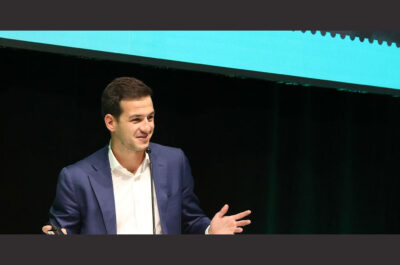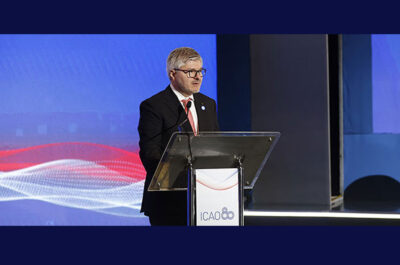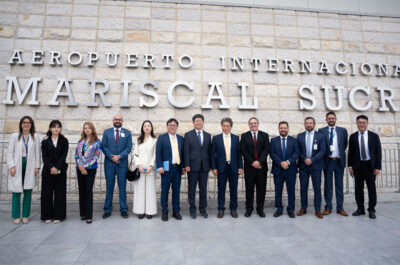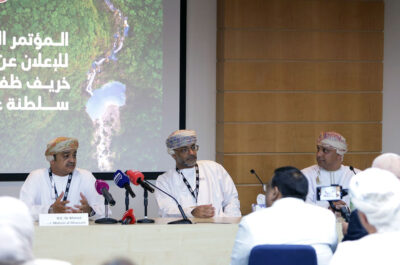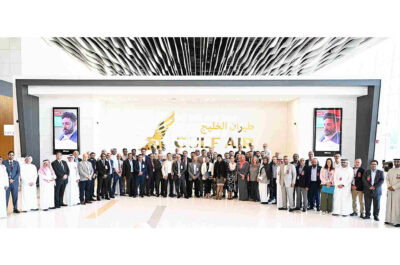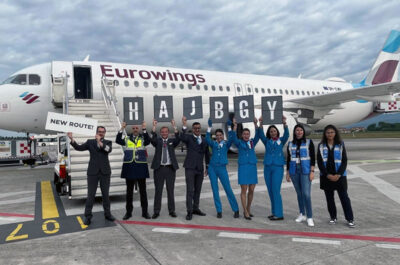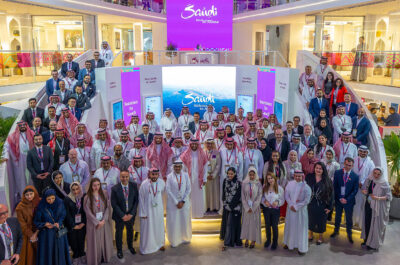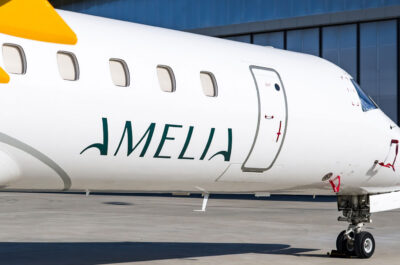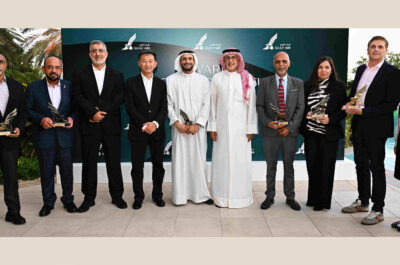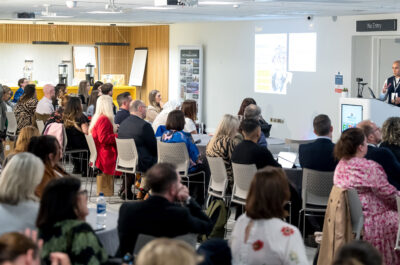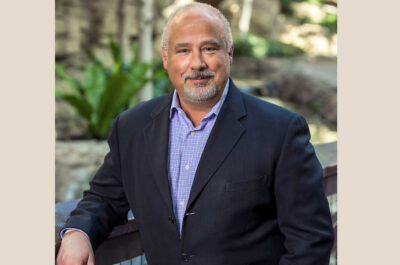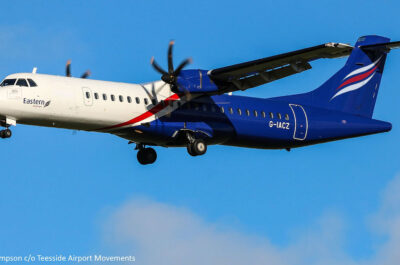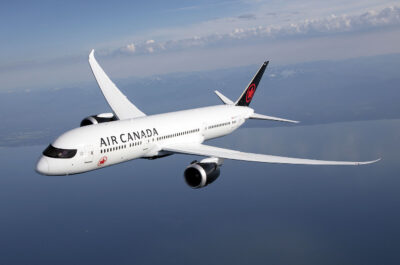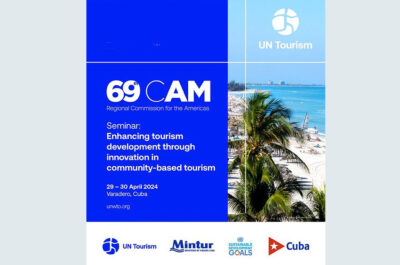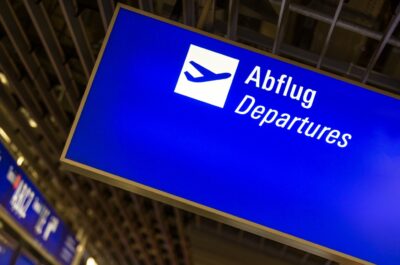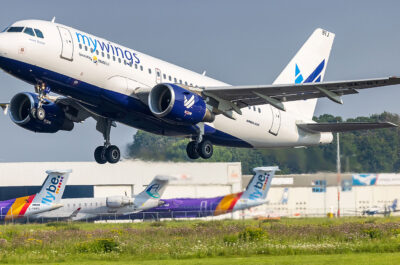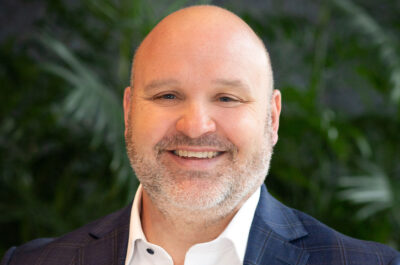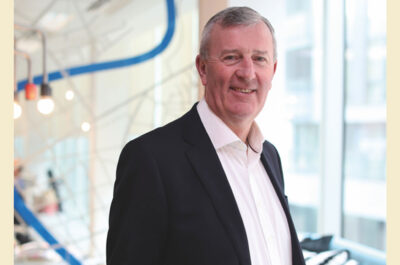…
The first conference to be held in the US devoted exclusively to airlines and the environment attracted a diverse audience committed to understanding and reducing the air transport industry’s impact on the environment, from greenhouse gas emissions to deicing fluid. Held June 18-20 in Washington, Eco-Aviation was sponsored by ATW and Leeham Company.
Air New Zealand CEO Rob Fyfe delivered the keynote address in which he described his carrier’s extensive efforts to be environmentally friendly in the corporate office -where time and motion sensors turn lights off and on automatically to conserve energy- as well as on the ramp and in the air. While noting that airlines "already have plenty of incentive to reduce fuel burn" and stressing that "real step change" will come from new technologies and sustainable alternative fuels, he detailed the significant effort ANZ makes to reduce fuel consumption. No adjustment is too small, he said. Chief Pilot Dave Morgan told him that "if he puts two bottles of Coke in his flight bag and carries them around for a year without getting around to drinking them, he will burn an additional 400 liters of fuel."
Among ANZ’s initiatives has been working with pilots to reduce discretionary fuel uplift. "All our pilots now receive graphs that display their discretionary fuel uplift compared with all their peers and it has led to our more conservative pilots reducing the amount of discretionary fuel they carry," Fyfe said. "In total, we have saved nearly 100,000 tonnes of CO2 two years ahead of our scheduled goal date and we’re now using 36 million liters less fuel on an annual basis."
Southwest Airlines used the conference to announce it will invest $175 million to implement RNP fleetwide for use at 64 US airports (ATW, 9/07, p. 82). Senior Director-Flight Operations Jeff Martin said WN is teaming with Naverus and FAA to jumpstart the transition to a satellite-based NextGen ATC system. He added that "for a single minute of time saved on each flight, the annual savings quickly add up" and will reach 156,000 tonnes of reduction in emissions per year by 2015, when the airline anticipates 95% deployment. It also will achieve $25 million in fuel savings annually, he said.
Other airlines also are engaged in efforts that simultaneously will save money and help the environment. Air Canada Manager-Fuel Efficiency and Environmental Matters Claude Saint-Martin described AC’s comprehensive "City Pair Cost Index" initiative that shows how fuel and time should be balanced to achieve a minimum-cost operation. CPCI is only in its early stage of development but already has delivered a reduction of 25,000 tonnes per year of GHGs through slowing down flights forecast to arrive early, with no adverse impact on schedules or pilot costs, Saint-Martin said. Future phases will extend to the entire network and schedule.
Continental MD-Global Environmental Affairs Leah Raney and Alaska Airlines MD-Technical Operations and Support Scott Ridge focused on their respective airlines’ fleet modernization programs and use of advanced technologies such as winglets. CO has increased fuel efficiency and reduced its CO2 emissions per RPM by 36% over the last 10 years, Raney said. It cut NOx emissions at its Houston Intercontinental hub by 75% by switching to electric ground equipment and other new technologies. It uses recycled paper to print inflight menus and brochures.
Ridge noted that AK is phasing out its MD-80s and flew 4.6% more ASMs in 2007 than in 2006 with the same amount of fuel burn and emissions. Regional subsidiary Horizon Air is transitioning to an all-Q400 fleet, retiring its regional jets, and expects a 20% reduction in consumption by 2010.
Northwest Airlines Senior Environmental Policy Engineer-Corporate Environmental Programs Erin Heitkamp discussed NWA’s carbon offset program with the Nature Conservancy. Heitkamp and others noted that so far customer take-up of such programs as part of the ticket purchase process remains low at around 1%; however, NWA and other airlines are looking at ways in which they can boost participation by repositioning the programs on websites.
While not responding to the initiatives described above, FAA Office of Environment and Energy Director Carl Burleson told attendees that "there’s a tremendous case to be made that aviation has an excellent record" in lowering fuel burn, pointing out that US carriers’ collective CO2 emissions fell 3.7% from 2000 to 2006. "Having said that, environmental issues are likely to be the biggest constraint on growth," he said, adding that a "silver lining" of record fuel costs and airline capacity cuts is that "clearly this is not a situation of rapid emissions growth, so I think that gives us an opportunity to lay in foundations which could help us address the challenge long term."
Natural Resource Defense Council Senior Attorney Liz Barratt-Brown challenged claims that aviation CO2 emissions are decreasing, insisting that "long term" aviation will have an "outsized" impact on the environment unless the industry makes changes. "There are also concerns about high-altitude fuel burn and the role that plays in global warming," she said. She urged the industry to pressure fuel suppliers to avoid "high carbon fuels," such as oil from Canada’s tar sands, liquid coal and oil shale. Contrary to popular belief, the tar sands do not lie in barren frozen wastelands but under a rich forested ecosystem, she said.
But Air Transport Assn. VP-Environmental Affairs Nancy Young riposted that airlines are small purchasers of fuel and have little influence with major oil companies. Airlines "have done a great deal to reduce our impact on climate change and noise and we did that without any government fiat… We are driven to be as fuel efficient as possible," she said.
Biofuel Progress Turning to science and technology, Commercial Aviation Alternative Fuels Initiative Executive Director Richard Altman said the coalition is on target to achieve FAA and American Society for Testing and Materials approval for 50% syngas blends, including biomass, by year end. By 2010, he said, it will achieve approval for 100%. "We have very definitive goals and very definitive timeframes," he said.
Citing "remarkable progress," Boeing MD-Environmental Strategy Billy Glover told attendees, "Sooner than 2013, we think it’s possible that low [percentage biofuel] blends will be certified . . . I think we’re going to see this in commercial service much sooner [than expected.]" But Airbus North America VP and General Counsel Renee Martin-Nagle was more cautious. "It’s a long process," Martin-Nagle said. "We have to move through a testing phase and then it has to be proved. I’d say 8-10 years."
All agreed with Sian Foster of Virgin Atlantic Airways–the first carrier to conduct a biofuels demonstration flight–that biofuels must be "socially sustainable" and not compete with staple food crops or lead to deforestation. Engine-makers were upbeat. Rolls-Royce‘s Nuno Taborda, who handles business development and environmental strategy, told attendees that the company is confident of meeting the ACARE (Advisory Council for Aeronautics Research in Europe) targets of a 50% reduction in CO2 and 80% reduction in NOx compared to a 2000 baseline by 2020. GE Aviation Manager-Advanced Applications, Strategy and Evaluations Steve Csonka said there are "technologies on the horizon that promise a step change in fuel consumption. The picture is bright."
Both GE and Rolls are studying open rotor designs, but Pratt & Whitney has chosen the Geared Turbofan as its solution (ATW, 2/08, p. 71). The demonstrator engine is testing well and achieving expected fuel targets, Pratt VP-Technology and Environment Alan Epstein said.
Edward C. Knoesel, environmental programs manager in the aviation department at the Port Authority of New York and New Jersey, which operates LaGuardia, JFK, Newark, Teterboro and Stewart airports, pointed out that for airports, complying with local and federal requirements concerning groundwater contamination from things such as deicing fluid takes a high priority. Kris Russell of Dallas / Fort Worth International said DFW has launched a campaign to require taxi drivers to operate eco-friendly taxicabs there.


